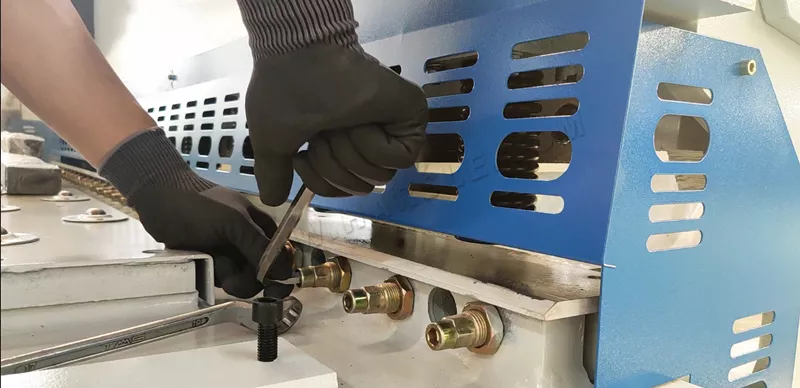How To Choose Shear Blade Manufacturer
A good shear blade Manufacturer should focus on the following features. a. It is made of tool steel that is surface hardened. It is also made from high-grade tool steel, and its thickness should not be less than 0.080 inches. A good blade should have a maximum thickness of 5/16 inches and should be at least 7 percent thick. The blade should be made of high-quality material to ensure optimal performance.
How To Choose Shear Blade Manufacturer
Surface hardened tool steel
The objective of the invention is to eliminate the problem of chipping of the hardened case of a shearing blade. A surface hardened steel blade is characterized by a hardened inner face, ranging in thickness from 0.002 to 0.008 inches, and a softer outer layer on the edge face adjacent to the cutting edge. These properties minimize chipping and increase durability. Surface hardened tool steel shear blade manufacturer strive to provide the best quality blades to their customers.
0.080-inches thickness
A 0.080-inches thick shear blade manufacturer should have the capacity to manufacture blades of various sizes. Traditionally, shear blades are manufactured from thick tool steel plates. These plates are traditionally machined and retain about 30% of their weight after machining. Hence, the present invention seeks to provide a process for manufacturing thick shear blades that do not require machining of solid steel plates.
Up to 5/16-inches thick
Shear blades for making superior shear cuts are always manufactured using thick tool steel plates. These plates are typically fabricated through conventional machining processes, which are costly and often only retain 30% of their original weight. The present invention provides a novel method for manufacturing thick shear blades without machining solid steel plates. The invention consists of a process for producing blades up to 5/16-inches thick that can achieve the same high-quality shear cut as traditional blades.
7% of the material thickness
Shear blades are essential pieces of machinery for cutting various materials. Their blades are made from various materials such as carbon steel, high-speed steel, aluminum, and even H13, special alloy steel. Manufacturers make blades from different materials depending on the thickness of the material. They are also available here https://www.kangblade.com/ in varying sizes, and their prices vary accordingly. They are available in several sizes and can cater to the needs of different segments of the consumer products and glassware industries.
Individually engineered to suit the specific application
For cutting steel or other materials, individually engineered to suit the specific application of the shear blade is of great importance. There are several designs and use considerations to consider when selecting a shear blade. The blade will often need to be changed if the product being cut is being altered in any way. A typical example is a six alloy extrusion process, which requires a cut and curl type blade with a sharp edge and scooped rear face. If the cutting edge of the blade becomes damaged, the butt can become stuck to the blade and the entire shear can fail. In addition, chips and cracks on the cutting edge indicate an impact with the die or inadequate clearance.
Cost per cut
In modern manufacturing, cost reduction is the top priority. To achieve this, managers are examining cost management holistically. This is true not only of raw material costs, but also of the machine, blade, and operator costs. Cost per cut gives a better indication of the profitability of production in the long run. This cost analysis helps manufacturers determine their profitability. For example, it can be difficult to determine the value of an extra blade in the short term, but it will ultimately increase overall profitability over the long run.

















